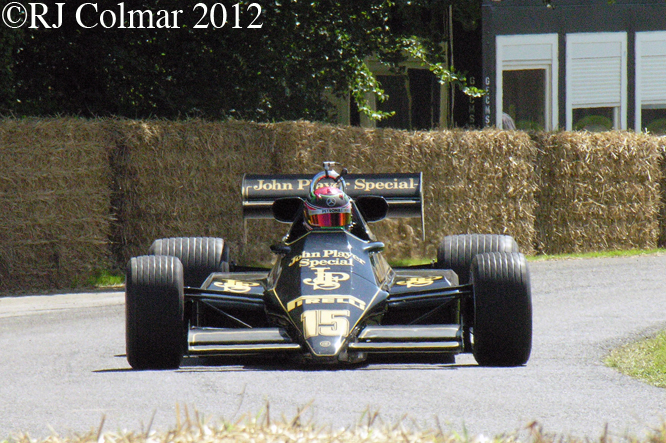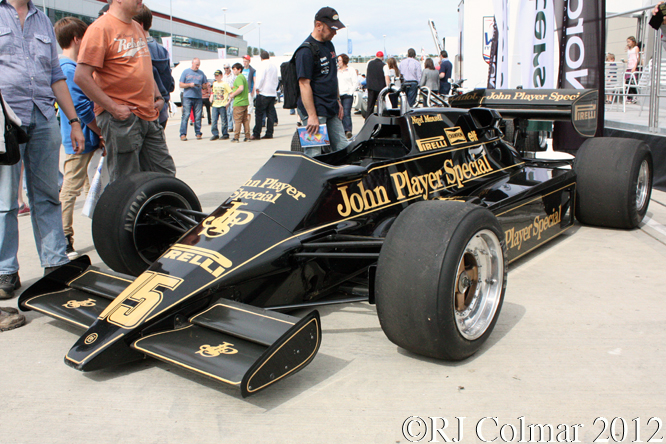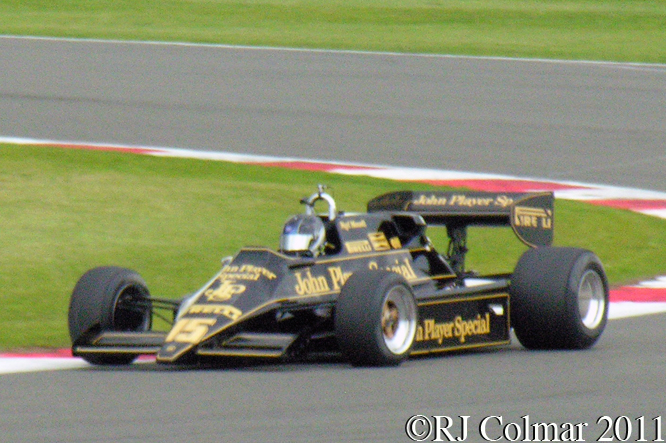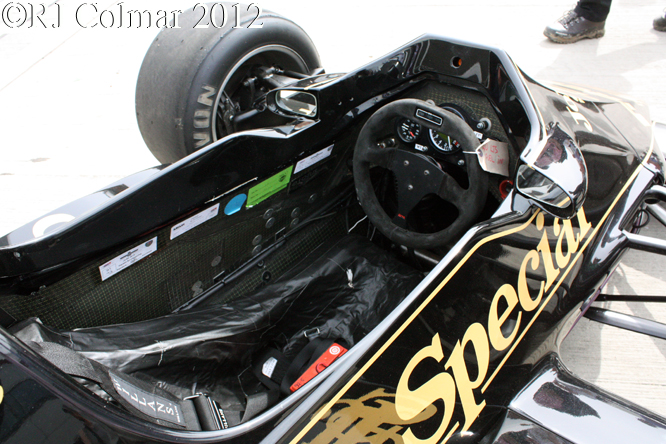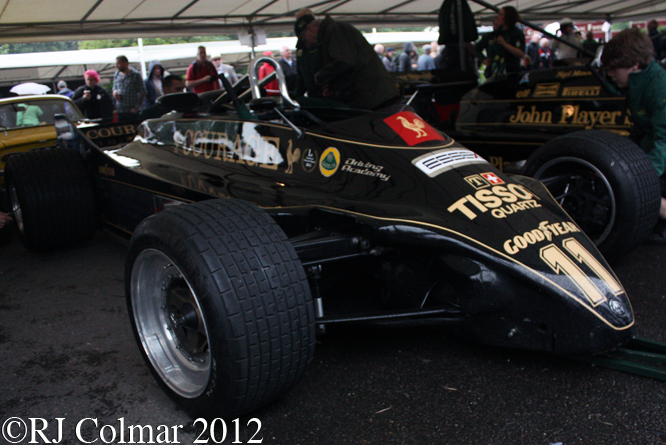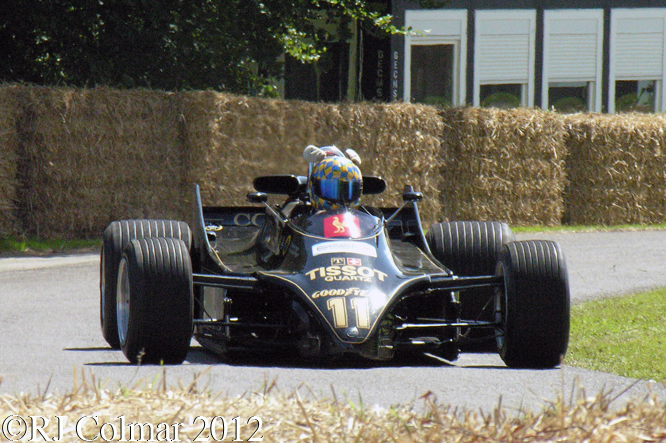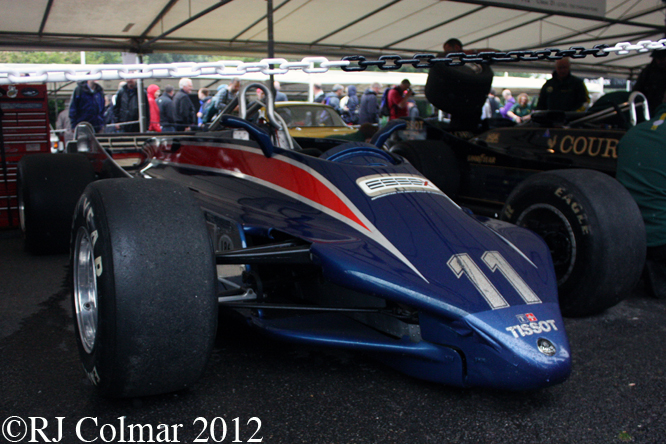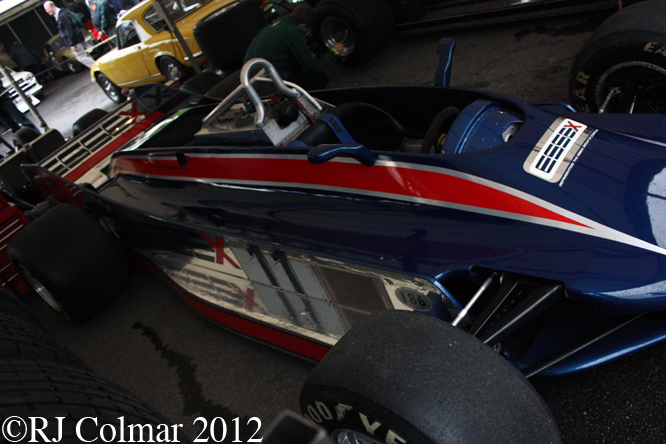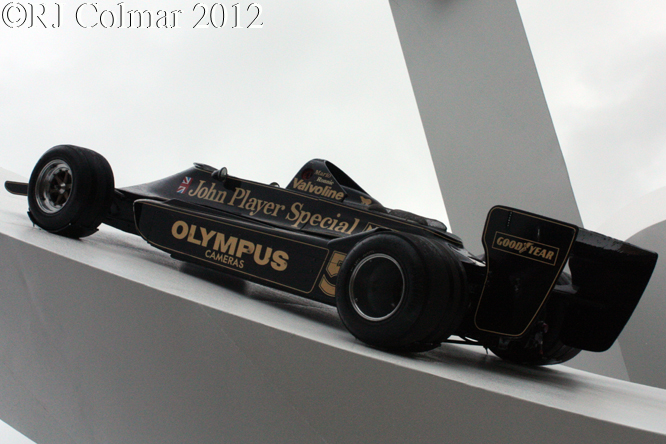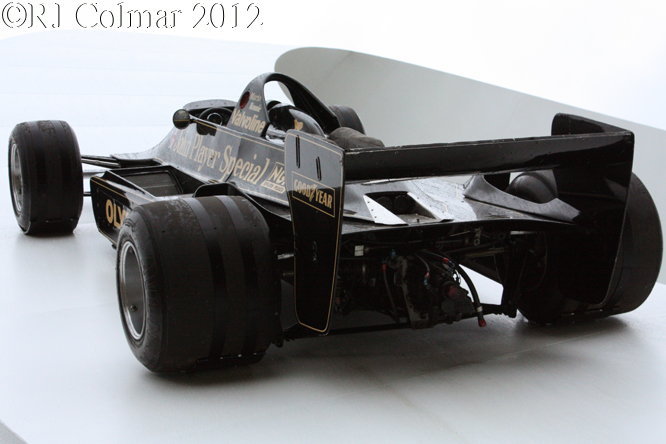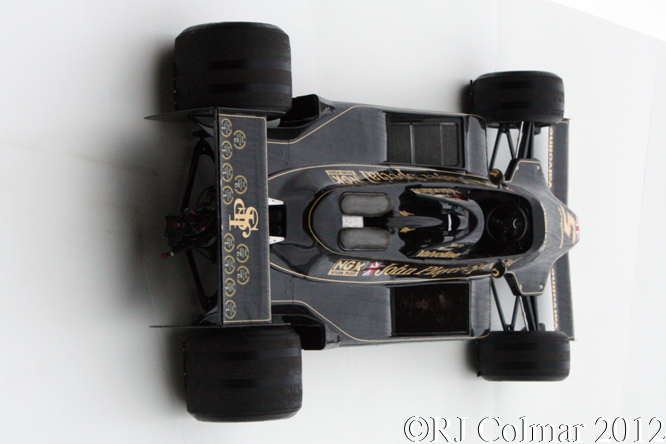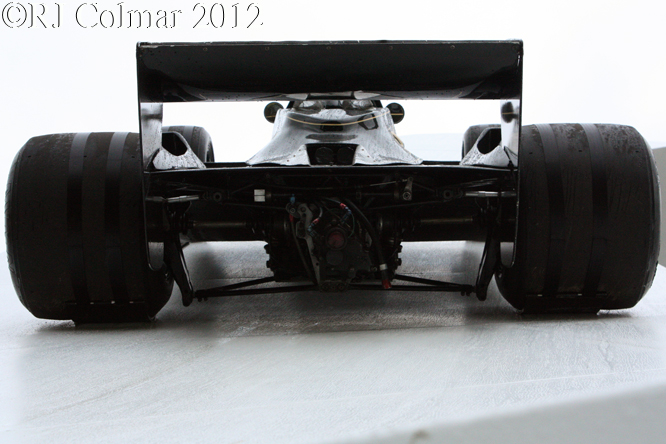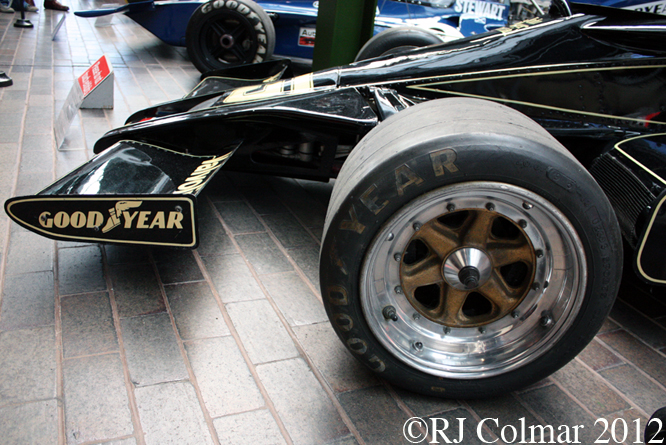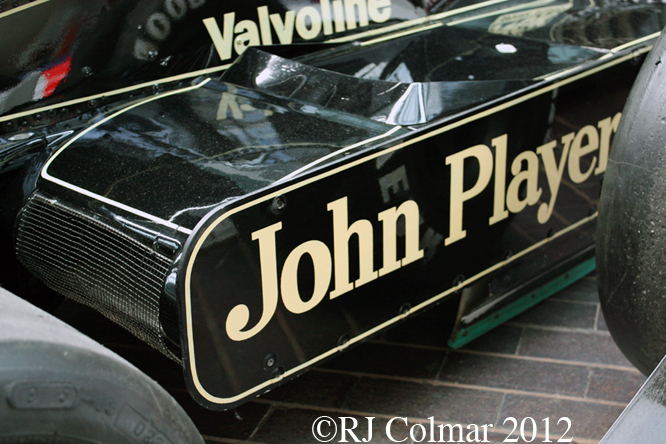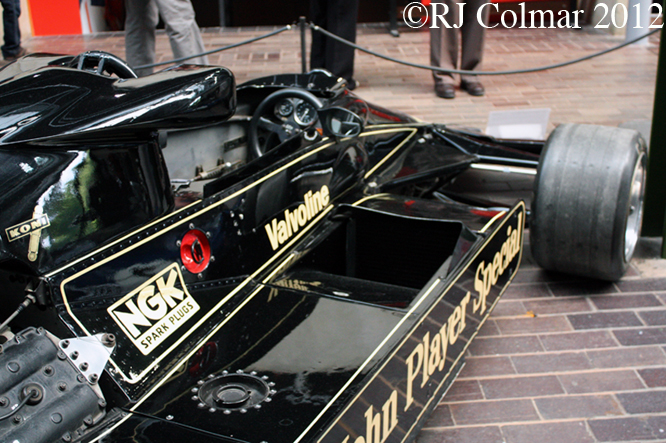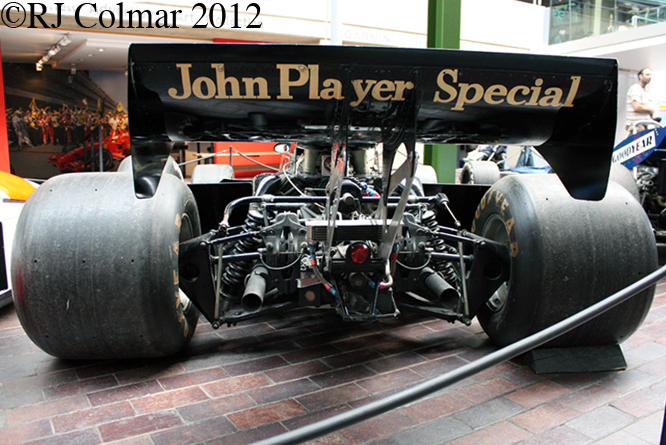The Lotus Renault 98T was a development of the 1985 Lotus Renault 97T Grand Prix Car designed by Gerard Ducarouge and Martin Ogilvie for Ayrton Senna and Johnny Dumfries to drive in the 1986 Grand Prix season.
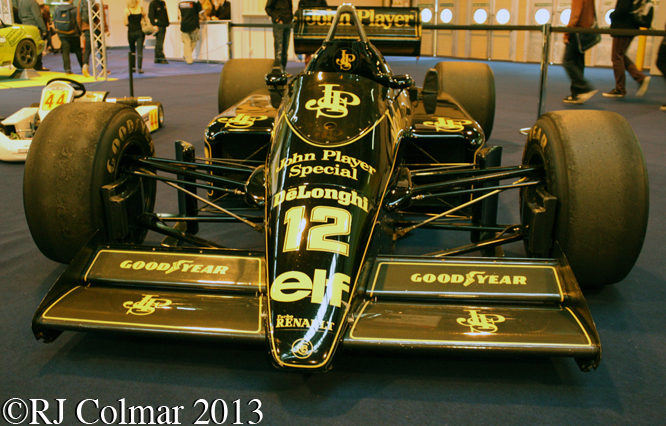
Note the small vertical “barge boards” mounted on the front suspension, a feature carried over from the Lotus Renault 97T that are still in evidence on today’s contemporary Grand Prix cars albeit mounted much closer to the side pod intakes.
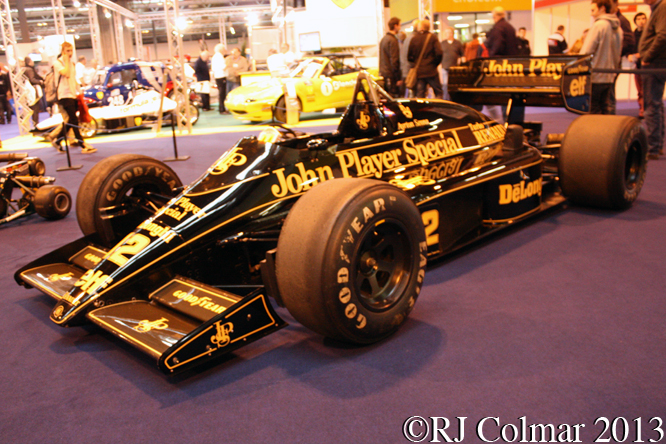
The main difference between the 1984 and 1985 Lotus Formula One challengers was that the FIA had mandated a 195 litre maximum fuel capacity which meant the new car could be built with a smaller and lower fuel tank.

Elio de Angelis who had won one race in 1985 for Lotus and had been eclipsed by new team mate Ayrton Senna who won two races, moved to the Brabham team for 1986. Elio was replaced at Senna’s discretion by Johnny Dumfries a rookie who had dominated the British Formula Three Championship a Grand Prix feeder series in 1985.

Despite running with a limited fuel allowance there were no limit’s on the amount of boost the turbo’s could run and after the introduction of pneumatic valve springs in the cylinder heads and a common rail injection system with water cooled intercoolers it was estimated that the Renault EF15 motors could produce upto 1300 hp at 5.5 bar boost for a qualifying run, though it transpires these figures could never be verified because there were no testing rigs that were calibrated for that kind of output.

Other novel features of the Lotus 98T included two stage ride height adjustment and a six speed gearbox which was used exclusively by Dumfries.
Ayton Senna scored two more victories in Spain and Detroit along with 4 seconds and 2 thirds but although he scored 55 points 17 more than in 1985 he still finished 4th in the final championship as he had done the previous year. Johnny Dumfries meanwhile scored only 3 points and that heralded the end of his career as a Grand Prix Driver. He was replaced in by Satoru Nakajima backed by Honda who were to supply motor’s to Lotus for 1987. Despite scoring 13 points less in 1986 than they had in 1985 Lotus also finished 4th in the Constructors championship just as they had in 1985.
Thanks for joining me for this “Limited Fuel Unlimited” boost edition of “Gettin’ a li’l psycho on tyres” I hope you will join me again tomorrow. Don’t forget to come back now !


